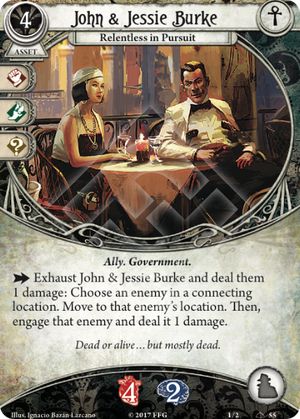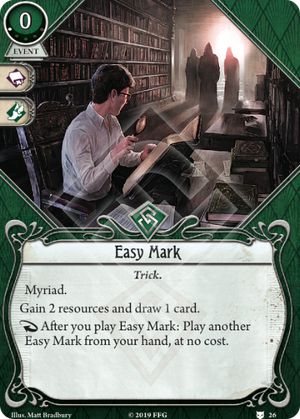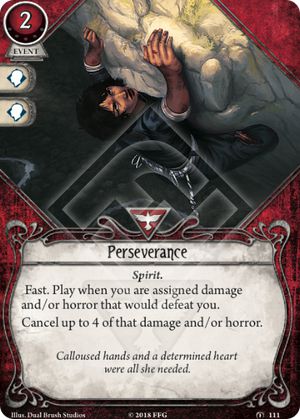
Just as Monstrous Transformation is the dream rewards of a few investigators (Calvin, Preston, and arguably Diana), this might be a side scenario reward that Tommy, Leo, Zoey, and Mark salivate over.
Mark adds "draw a card" to the activation of this ability, Leo massively reduces the cost of playing them and is likely playing them alongside a whole host of allies who have means of dealing one damage. Zoey can combine this with her cross to just smite enemies where they stand.
Though for Tommy, most allies do not have more damage+horror than they do initial cost. Brother Xavier and similar cards reach +1 on the total, meaning you eventually profit if you max them out perfectly. However, you usually break even. The Burkes break even fairly easily, and have the potential of 2 resources of profit. In my experience you often get to cash out an ally for -1 their max, which means the Burkes are capable of breaking even and loading Becky more often than not.
Just have to deal with Egypt being pretty spicy. At least unlike the other two rewards, it doesn't matter how bad dealing with the cultists goes as long as you managed to wake everyone up. No fighter hates the Khopesh of the Abyss either, so if you think you can take the heat, visit Egypt. If you do well on your first excursion you might be able to score a nice weapon for clearing generic monsters.



